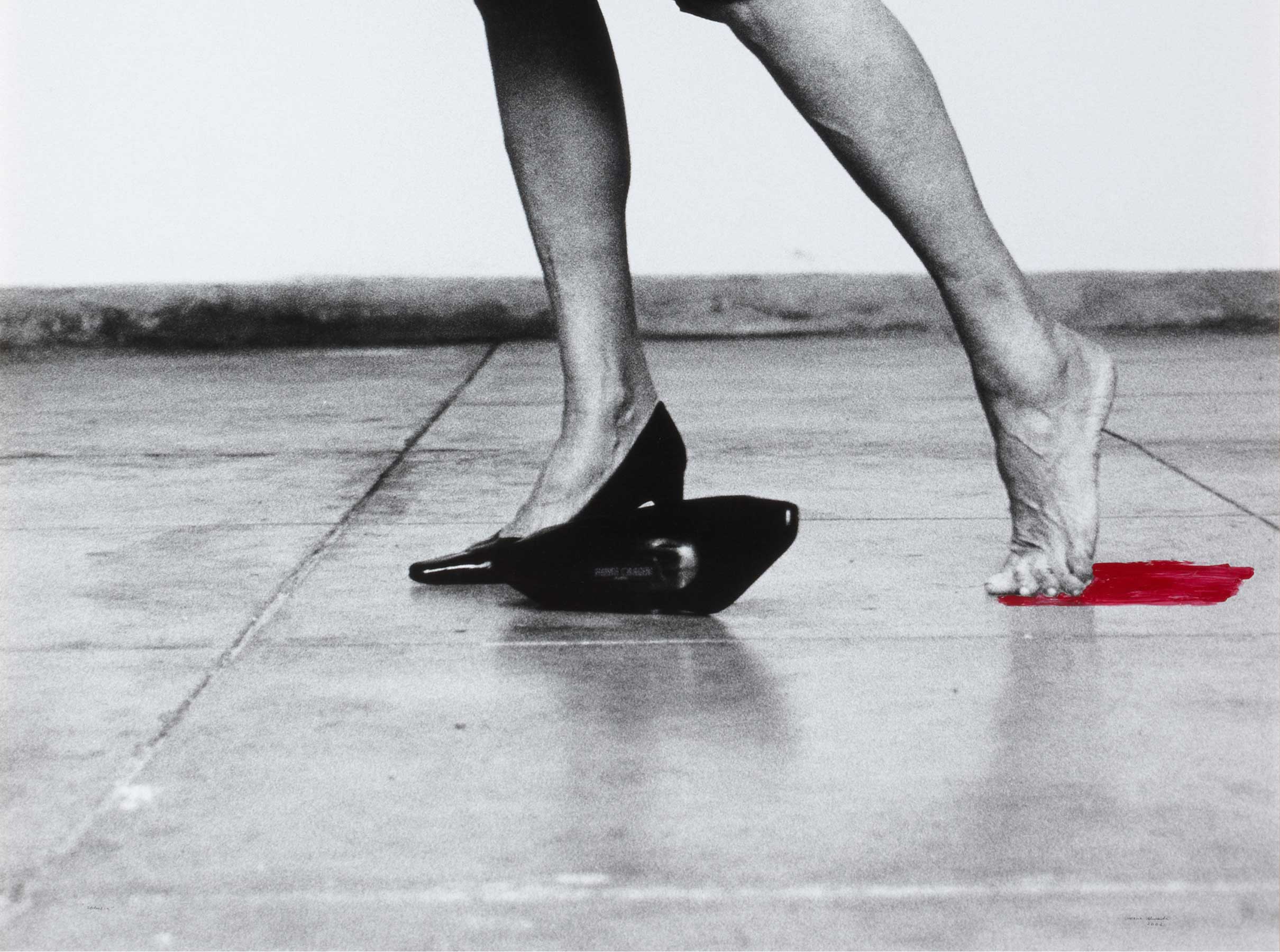Amarillo, naranja y rojo [Yellow, Orange and Red]
- 2013
- Acrylic on canvas
- 195 x 162 cm
- Cat. P_780
- Acquired in 2013
In 2013 Yellow, Orange and Red marked a turning point for the artist because it was his first work in a more abstract form. Birds were depicted as yellow blotches and trees as green triangles, while mountains grew beyond their actual physical limits to take up much of the canvas. It was the start of a journey towards a new life and a new world from which he may never return.
He has repeated the same artistic process since childhood. Where once he merely looked, observed and played, he has now gradually added more adult skills to his repertoire: reading, analysis, study and the manual dexterity of a craftsman. His ’No Future’ exhibition featured drawings done when he was about eight years old. In it he advocated ’art for art’s sake’: art that is produced spontaneously, out of the sheer desire to create. In his conceptual discourse he clearly examines the limits of craftsmanship and art. His attitude to painting has not changed at all: he turns his back on the madding crowd and paints whatever he wants however he wants. He does this as an act of rebellion; the rebellion of someone whose first love is art with a capital A.
In Yellow, Orange and Red there is a hint of Blinky Palermo’s work from the late 1960s. That is where he takes us in terms of form, but his intentions and what he has to say are very different. In this case he depicts an almost unreal, dreamlike land and landscape in a range of basic primary colours. The scene is inert and lifeless, but full of innocence and creativity. Perhaps these are the endless fields that can be glimpsed even with one’s eyes closed.
Other works by Antonio Ballester Moreno

![Amarillo, naranja y rojo [Yellow, Orange and Red]](/f/webca/INF/assets/img/fff.png)